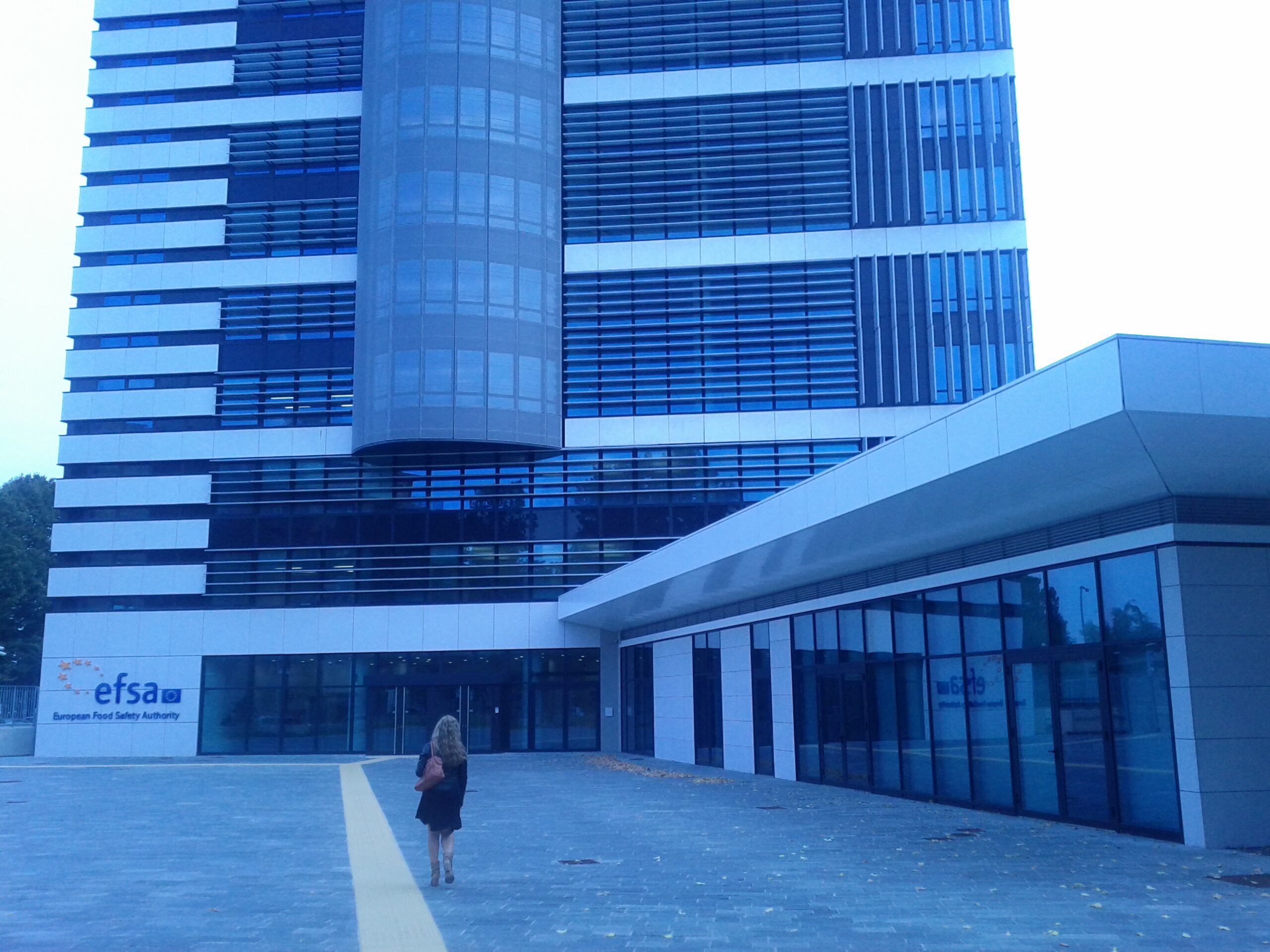The European Food Safety Authority’s (EFSA) Panel on Dietetic Products, Nutrition and Allergies (NDA) backed the submission from Vivatech, despite rejecting a similar digestive health claim in 2012.
In its article 13.5 opinion, the NDA said there was sound scientific data to demonstrate short-term constipation alleviation from hydroxyanthracene root and rhizome derivatives in the Vivatech food supplement, Transitech.
Improved bowel function could be measured in reduced transit time, more frequent bowel movements, increased faecal bulk or softer stools as long as not provoking diarrhoea.
Transitech pills contained 226.8 mg powdered dried underground parts of Rheum palmatum L. and/or Rheum officinale Baillon and/or their hybrids standardised for hydroxyanthracene derivatives.
It also contained 38 mg of powdered dried root of Althaea officinalis L., 38 mg of powdered dried petals of Rosa centifolia L., 18 mg of powdered dried expressed juice from leaves of Cynara scolymus L. standardised for cynarine (2.5 %), 18 mg of powdered dried leaves of Ocimum basilicum L., 18 mg of powdered dried seeds of Coriandrum sativum L., 1.7x108 CFU Saccharomyces cerevisiae UVAFERM SC (LYCC 6062), 4x106 CFU Bifidobacterium longum R0175 and 4x106 CFU Lactobacillus helveticus R0052.
The NDA said hydroxyanthracene derivatives were backed in the literature, along with the leaves or fruits of Cassia senna L. and/or Cassia angustifolia Vahl, from the bark of Rhamnus frangula L., from the bark of Rhamnus purshianus D.C. and from Aloe barbadensis Miller and/or various aloe species, mainly Aloe ferox Miller and its hybrids.
But outside of the hydroxyanthracene derivatives it said, “no conclusions can be drawn on whether Transitech exerts an effect on bowel function over and above an effect of hydroxyanthracene derivatives.”
The NDA said the mechanism of action was demonstrated by stimulation of colonic motility, inhibition of absorption of water and electrolytes, and stimulation of secretion of water and electrolytes into the lumen of the colon resulting in enhanced concentrations of fluid and electrolytes in the lumen of the colon.

Significant results
Of the two randomised controlled trials submitted by Vivatech, the NDA rejected one for methodical limitations but said the other 10-day randomised, placebo-controlled, double-blind study with stool frequency as the primary endpoint, showed significant results.
Colonic transit time, stool size, stool consistency and bloating were secondary endpoints.
NDA summarised: “The average number of daily stools was significantly higher in the intervention group compared to the control group, averaged over the 10 day intervention, and colonic transit time was significantly shorter in the intervention group than in the placebo group.”
If a product contained 10 mg of hydroxyanthracene derivatives, the panel proposed the claim wording: “Hydroxyanthracene derivatives improve bowel function”.
As a warning, it added stimulant laxatives should not be consumed continually for periods longer than one to two weeks to avoid, “the danger of electrolyte imbalance, impaired function of the intestine, and dependence on laxatives.”
It said: “Stimulant laxatives should only be used if an effect on bowel function cannot be achieved by a change of diet or the administration of bulk forming agents.”
The opinion can be found here.
